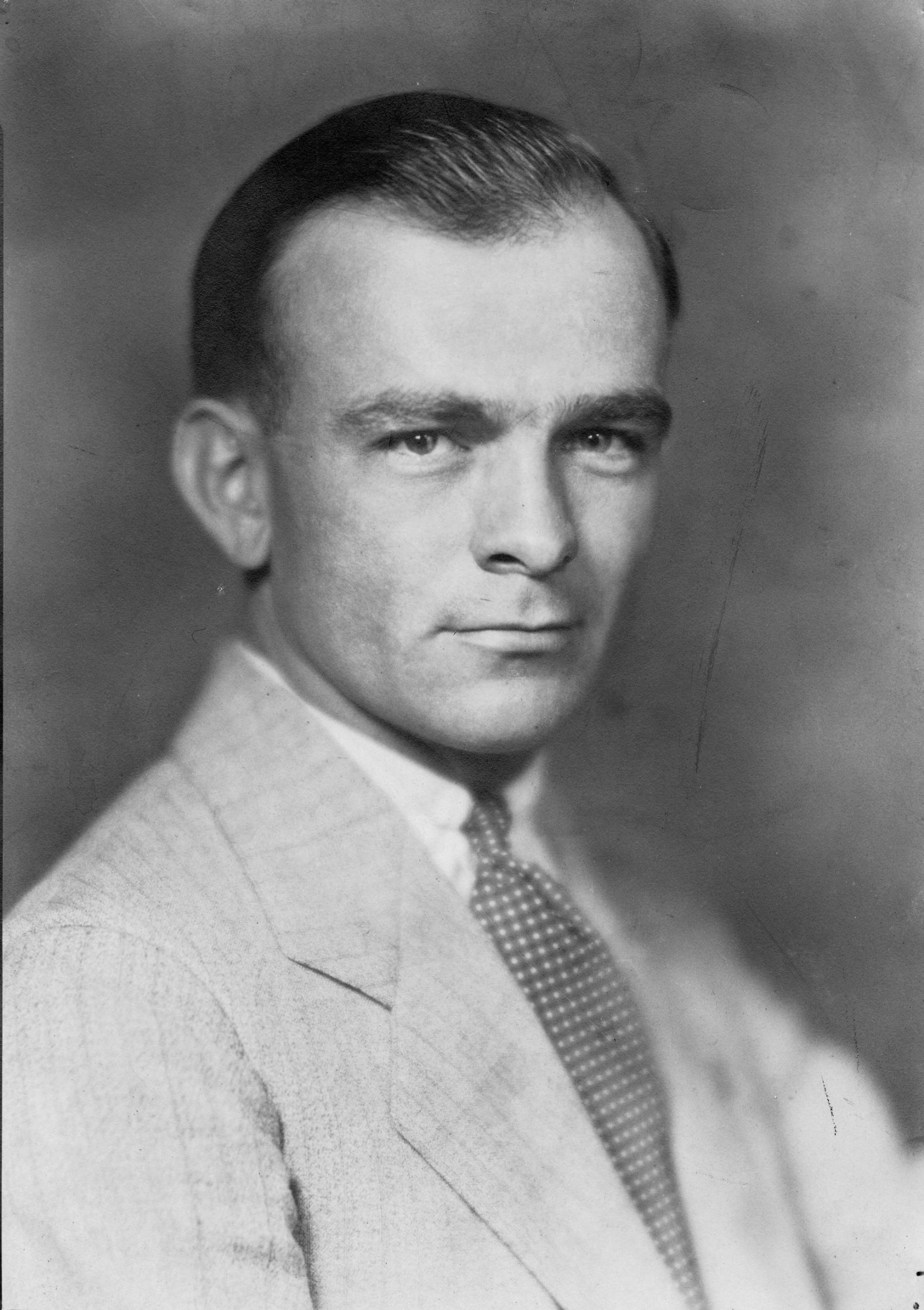H. Lee Waters Photography
Pictures of a Lifetime
Herbert Lee Waters
Beginning in 1926, H. Lee Waters captured local community life during a period of unprecedented change......from the Great Depression, through the WWII years, and on to the post-war manufacturing boom.
Herbert Lee Waters (1902-1997) was an American photographer who worked for over half a century at the H. Lee Waters Studio at 118 ½ South Main Street in Lexington, NC. Waters bought the studio in February 1926 from J. J. Hitchcock, but had been working with the older photographer for at least a year. One of his first big commercial jobs was to document the construction of High Rock Lake Dam, 1926-1927. The beautiful prints the 24-year old photographer produced for Tallassee Power Company belie his lack of experience. These images can be seen on this website.
Waters married Mabel Elizabeth Gerald (1908-1974) a few months after buying the studio. The young couple became partners in all aspects of running the studio, spending long hours at the studio. Before the advent of color printing, Mrs. Waters did all the hand painted tinting of portraits.
Pictured with their first child, Edna Marie (1929-1953), the Waters leave behind many proud descendants, Tom and Mary Elizabeth, seven grandchildren, and thirteen great-grandchildren. Fifteen family members gathered at the Davidson County Historical Museum on June 25, 2015, to preview the new H. Lee Waters Gallery and website.
When Waters’ parents moved to Lexington they lived in Erlanger Mill Village, a place that through the years drew Waters back. One of the first galleries created on this website contains many of those images. He took pictures of everything that happened in downtown Lexington, now called ‘Uptown.’ Photographing events at the Junior Order Home was another favorite pastime.
Waters was an innovative and curious photographer who worked tirelessly at his profession. He managed to make money when times were tough by honing his marketing skills and being willing to try new things. During the Depression the cost of having a formal portrait was prohibitive, so Waters created ‘Sticky Backs.’ He produced thousands of small inexpensive photographs, printed twelve images to a half sheet of photo paper. He snipped them apart, dabbed glue on the back and sold them 3 for 10 cents.
From 1936 to 1942 Waters created over 200 short films known as "Movies of Local People," depicting life in over 100 small towns in North Carolina, South Carolina, Tennessee, and Virginia. These were shown at local theaters to boost the box office, and Waters received a percentage of ticket sales. His surviving films have been preserved by Duke University Libraries Digital Collections. But the travel involved was hard for his family, so he turned to other endeavors.
During WWII Waters was very busy in the studio making portraits of servicemen before they left, or when they were home on leave. Wives and children often sat for portraits to keep an absent father up to date with a growing family. Outside the studio Waters photographed group after group of draftees just before they boarded buses, selling prints to the families. These pictures capture a poignant time in the life of Waters’ adopted hometown. Like so much of his work, the images he made in Lexington and the surrounding area resonate with what was going on throughout the country.
His body of work is significant for many reasons, but because his career was so long and focused primarily on one location, he has few peers. His collection of still prints and negatives was donated by the Waters family to the Davidson County Historical Museum so this material could be preserved and shared. We hope you enjoy seeing this work while remembering the impact one photographer had on one place, for so many years.
H. Lee Waters Photography Archive
Davidson County Historical Museum
2 S. Main Street
Lexington, NC 27292
Contact: Museum Curator
Call: 336-242-2035





